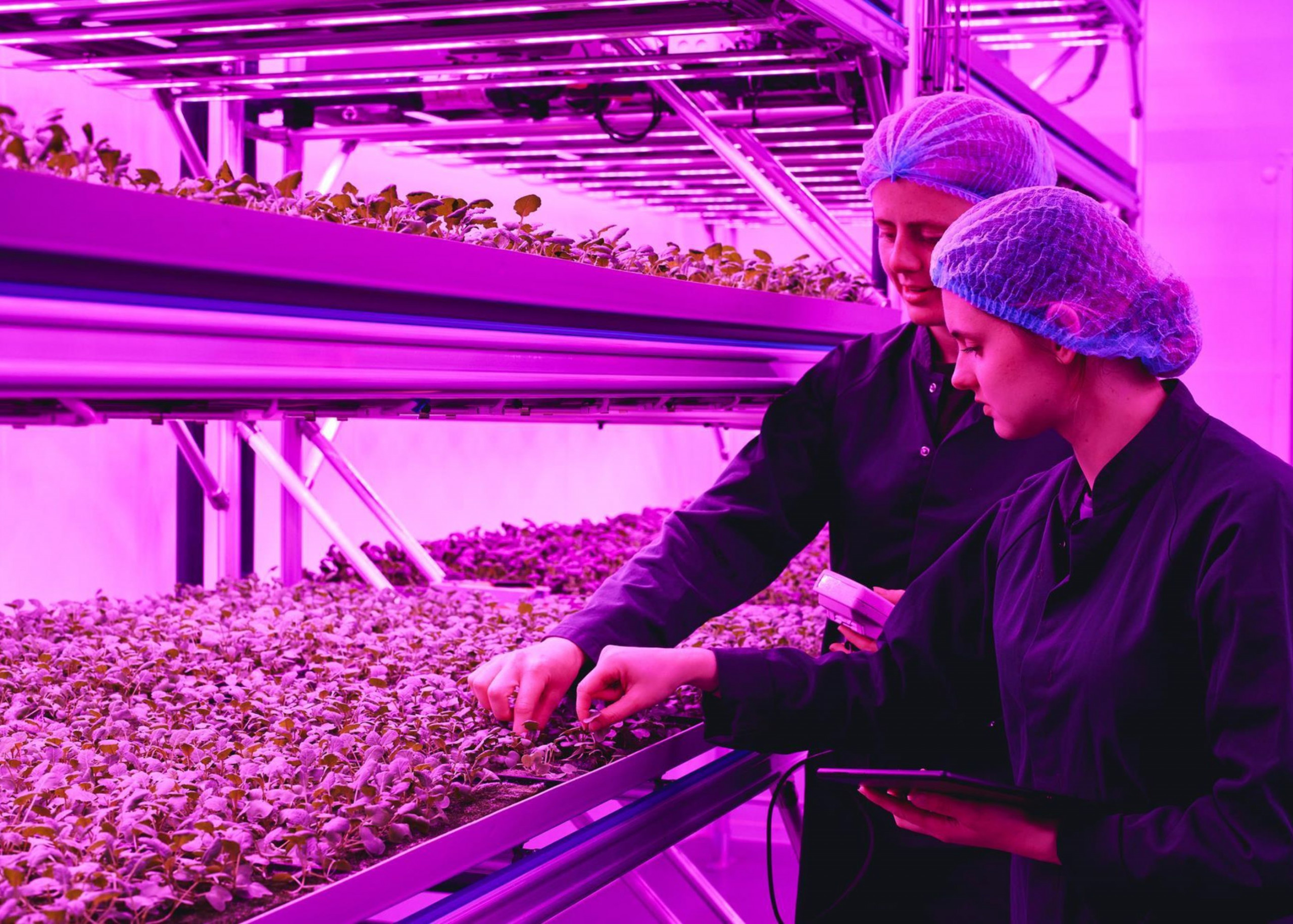News in Brief:
– Japan’s 72 micro-seasons, each lasting five days, guide agricultural practices and daily life, emphasising the importance of tuning into nature’s subtle cues.
– Local farmers can adapt this concept to optimise planting, harvesting, and cultivation techniques, fostering resilience and sustainability in agriculture.
In Japan, the rhythm of life is not just dictated by four seasons but by 72 micro-seasons, each lasting five days and marked by subtle shifts in nature. From the first sighting of swallows to the ripening of plums, these micro-seasons guide not only daily life but also agricultural practices deeply rooted in tradition.
The Japanese almanac divides the year into four major seasons, 24 sekki (solar terms), and the 72 kō (micro-seasons). Each micro-season is associated with specific rituals, foods, flowers, and festivals, creating an elegant framework that grounds people in the present moment. This awareness, known as kisetsukan, is deeply ingrained in Japanese culture and is especially evident in gardening practices.
For local farmers, embracing the concept of micro-seasons could revolutionise agricultural practices. By tuning into nature’s subtle cues, farmers can optimise planting, harvesting, and cultivation techniques. For example, the micro-season “Wheat Ripens” (May 31 – June 5) in Japan signals the beginning of the grain harvest, coinciding with similar stages in the UK. This synchronisation offers valuable insights for farmers worldwide, helping them anticipate seasonal changes and plan accordingly.
While Japan’s micro-seasons may not perfectly align with other regions, there are parallels that local farmers can leverage. For instance, the micro-season “Bamboo Shoots Sprout” (May 15 – May 20) in Japan corresponds to the emergence of bamboo shoots, a spring delicacy. In the UK, where bamboo cultivation is common, this micro-season serves as a reminder to prepare for the growing season ahead.
The essence of the micro-seasons lies in their ability to remind us of nature’s cyclical nature. Just as the dark seasons give way to the light, agricultural challenges are met with new opportunities. By observing the micro-seasons, farmers can cultivate a deeper connection with the land, fostering resilience and adaptability in the face of change.



